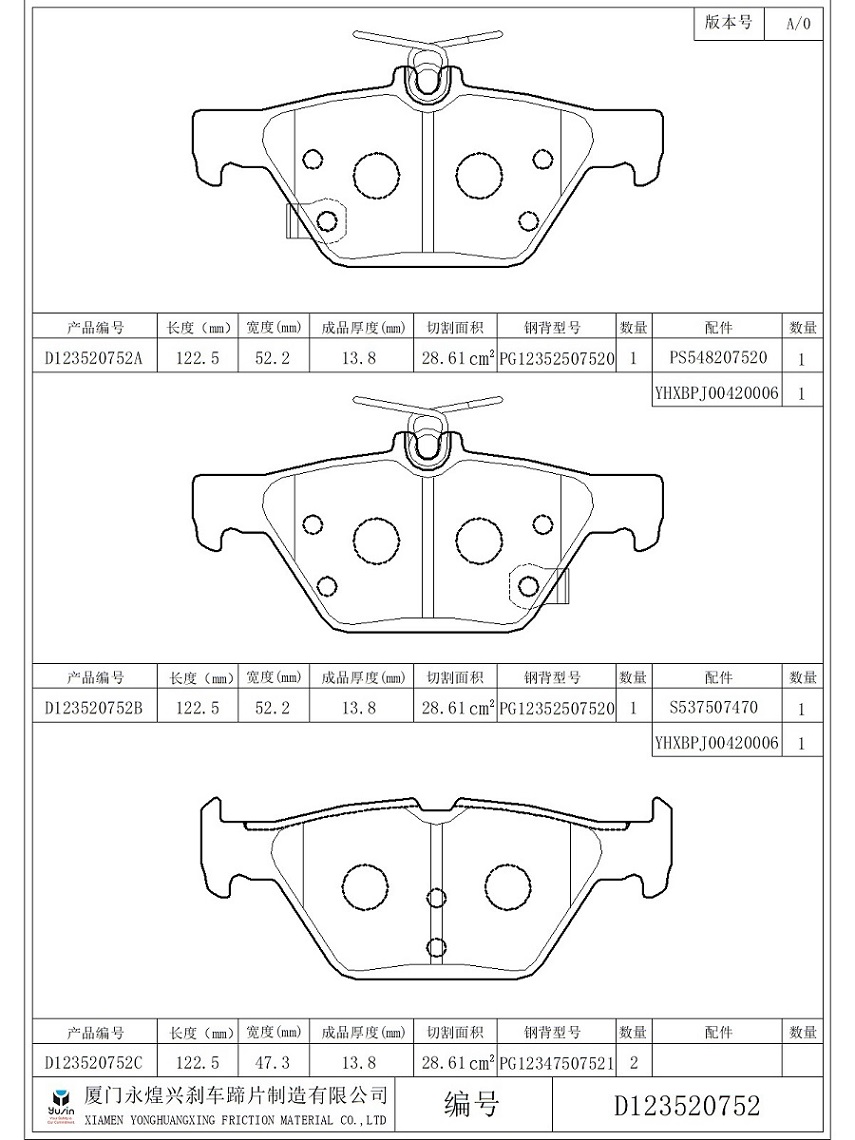The Dangers of Worn Brake Pads: Understanding the Consequences
2024-02-28
Your vehicle's braking system is its first line of defense when it comes to safety on the road. Among the various components that make up this system, brake pads play a critical role in ensuring smooth and effective braking performance. However, when brake pads become worn or damaged, they can compromise not only the functionality of the braking system but also the safety of the vehicle and its occupants. In this blog post, we'll explore the consequences of driving with worn brake pads, emphasizing the importance of timely replacement for maintaining safety on the road.
1. Decreased Stopping Power
One of the most immediate consequences of driving with worn brake pads is a decrease in stopping power. As brake pads wear down, they become less effective at generating friction and slowing down the vehicle. This can result in longer stopping distances, making it more difficult to bring the vehicle to a safe stop, especially in emergency situations or adverse driving conditions.
2. Increased Risk of Accidents
Worn brake pads significantly increase the risk of accidents on the road. Reduced stopping power, coupled with longer stopping distances, can lead to rear-end collisions, intersection accidents, or collisions with pedestrians or other vehicles. Driving with worn brake pads compromises your ability to react quickly and effectively to unexpected hazards, putting yourself and others at risk.
3. Brake Fade and Failure
As brake pads wear down, they may become overheated during prolonged or intense braking, leading to brake fade. Brake fade is characterized by a loss of braking effectiveness and can result in a soft or spongy brake pedal, reduced braking force, or complete brake failure. Driving with worn brake pads increases the likelihood of experiencing brake fade, especially during high-speed driving or heavy braking maneuvers.
4. Damage to Other Brake Components
Continued driving with worn brake pads can also cause damage to other components of the braking system, such as brake rotors, calipers, and brake lines. When brake pads wear down to the metal backing or beyond, the metal-to-metal contact can score or warp the brake rotors, leading to costly repairs or replacements. Additionally, worn brake pads may cause uneven wear on brake calipers or compromise the integrity of brake lines, further compromising braking performance and safety.
5. Increased Repair Costs
Ignoring worn brake pads can result in costly repairs and replacements down the line. In addition to replacing the worn brake pads, you may need to repair or replace other damaged components of the braking system, such as brake rotors, calipers, or brake lines. These repairs can be expensive and time-consuming, especially if brake damage has caused further complications or safety issues.
Conclusion: Prioritizing Brake Pad Maintenance
In conclusion, driving with worn brake pads can have serious consequences for vehicle safety and performance. From decreased stopping power and increased risk of accidents to brake fade, component damage, and increased repair costs, the dangers of worn brake pads cannot be overstated. It's essential to prioritize regular inspection and maintenance of the braking system, including timely replacement of worn brake pads, to ensure the safety of yourself, your passengers, and others on the road. Remember, when it comes to vehicle safety, there's no room for compromise—don't wait until it's too late to address worn brake pads.



